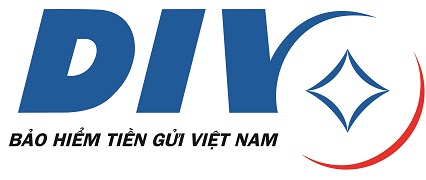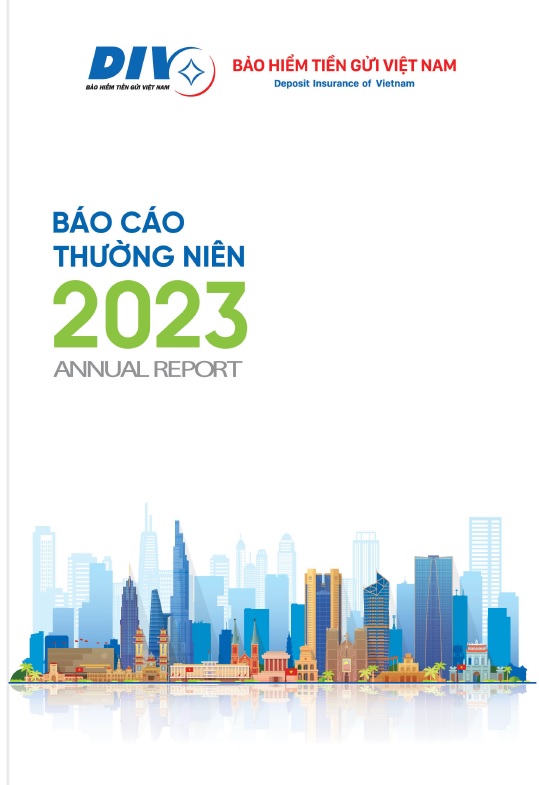The failure of individual banks can imply large financial and economic costs for depositors, borrowers and taxpayers. Bank failure - if occured, which gives negative impacts to individuals, the finance and banking system, and the whole economy, requires timely and effective resolution. The paper shall provide a general picture of bank resolution and proposed options for problem banks with a special reference to guidance of the Financial Stability Forum and experience of the FDIC.
Before a troubled financial institution reaches the point where resolution is necessary, it generally has been the object of various efforts to strengthen its operations. Such actions may have included restructuring efforts that, in broad outline, are similar to resolution transactions, in that they involve a merger with, or acquisition by, a healthy institution. These efforts frequently are described as "private-sector" solutions and do not impose a cost on the deposit insurer or the government.
If private-sector solutions have not been successful, a determination is typically made that an institution has failed. This determination should be made on the basis of well defined criteria by a safety-net participant with the authority to act for this purpose. This section of the paper will examine: (1) the objectives that guide resolution strategy; (2) types of resolution transactions; (3) procedures for selecting resolution methods and acquirers of failed institutions; and (4) the staffing of resolution activities.
Guiding objectives
A general objective that guides resolution strategies in most countries is to act quickly so that insured depositors have prompt access to their funds and the value of the failed institution's assets is preserved to the extent possible. More-specific objectives generally can be grouped under three headings. First, resolution activity may take as its primary objective the disposition of failed institutions in a manner that minimises resolution costs. Second, in particular situations, resolution strategies may be designed to avoid problems associated with failures of large and complex institutions. Third, resolution strategies may seek to avoid interruptions in the provision of banking services in particular markets or regions.
Types of resolution transactions
Once it is determined that an institution has failed, or is in danger of failing, and private sector solutions have not been successful, there are basically three options for its resolution. The institution can be liquidated, sold, or assisted to prevent its failure.
In this paper, the various resolution methods are grouped under three headings: liquidation and reimbursement of depositors' claims; purchase-and-assumption transactions (sales); and open-bank financial assistance. Existing bankruptcy/insolvency and other laws may influence heavily the choice of resolution methods. Such laws vary considerably among countries and, in some cases, may make a particular resolution method difficult to implement. Because of the special significance of banks and bank failures, countries may wish to review bankruptcy/insolvency laws from the standpoint of whether such laws facilitate the orderly exit of troubled institutions.
Procedures for selecting and implementing resolution methods
The procedures for selecting and implementing resolution methods vary among different countries. For example, the procedures that may be used effectively in a particular country are likely to depend on the number of potential acquirers, the frequency of bank failures, public attitudes toward bank failures, the stage of development of asset markets, and other matters. This section discusses only those issues that are likely to be common among a number of countries.
Assets offered for sale
When a financial institution fails and is offered for sale, various decisions must be made with respect to the nature and amount of the assets offered. These may include the failed institution's total assets, high-quality assets, or pools of similar assets.
Countries that have undeveloped markets for troubled assets may seek to pass such assets to the acquirer of the failed institution and may have to offer substantial inducements to compensate for the risk undertaken by the acquirer. On the other hand, some countries have established centralised asset-liquidation agencies that purchase risky assets from failing and other institutions for subsequent disposition.
Competitive bidding versus negotiated sales
Selections among alternative resolution methods and, if the failed institution is sold, among potential acquirers may be made through a competitive auction process or by private negotiation with the acquirers. Competitive bidding has the advantage of greater transparency and higher prices in some cases, but may not be necessary or useful if there is only a small number of potential acquirers.
Providing information to potential acquires
In principle, the greater the information available to potential acquirers, the less expensive the resolution is likely to be to the deposit insurer. Absence of relevant information may induce potential acquirers to offer very low bids in order to protect themselves against risks that they are unable to evaluate properly. In some countries, potential acquirers must enter into confidentiality agreements in order to have access to such information.
Marketing failed institutions
A failed institution may be marketed publicly or privately. Widespread marketing makes the process more transparent and may increase the number of bidders. However, in countries with only a limited number of eligible domestic acquirers and/or restrictions on entry by foreign banks, public marketing may not serve a useful purpose.
Staffing considerations
When financial-institution failures occur in waves, the deposit insurer and other safety net participants face staffing challenges. Government work rules may preclude the hiring of temporary employees to handle peak workloads. In such situations, outside contractors may be engaged. Alternatively, another financial institution may assume the deposit-payout and asset-liquidation functions for a particular failure for a fixed period on a fee basis. If outside contractors or agents are used extensively, provisions should be made for their oversight to ensure that the activities of the contractor or agent are closely aligned with the objectives of the deposit insurer and conflict-of-interest rules are in place and enforced.
The timely and effective resolution of failed institutions is an important element in financial safety-net arrangements. Different strategies for resolving failures may have considerably different cost implications to the deposit insurer and different implications for other safety-net participants, the government, public, banking industry, and economy. Cooperation among the various safety-net participants, both before and after failure, is necessary if timely and effective resolutions of failed banks, particularly large banks, are to be accomplished.
Three main resolution options are available: the troubled institution may be liquidated, sold, or assisted to prevent its failure. Procedures for resolving troubled banks and staffing requirements also are likely to differ in various countries.
How the cards shall be dealt with, who shall be authorized with resolution and what methods shall be used ... all depend on the applicable laws in each country. To realize this, we would like to give the implications as follows:
1. Those taking the key role in charge of resolution should be liable for seriously complying with the related regulations in the term of conflicts of interest among all stakeholders, particularly in case of bank incidents.
2. Absolutely, the deposit insurer should be part of financial safety net in order to make early detection, prompt intervention and timely resolution for troubled deposit-taking institutions.
3. An effective resolution process must help the deposit insurer implement quite well tasks assigned such as the quick, accurate and fair making of reimbursement to depositors; the maximum recovery of assets of failed institutions, aiming at maintaining market disciplines.



























